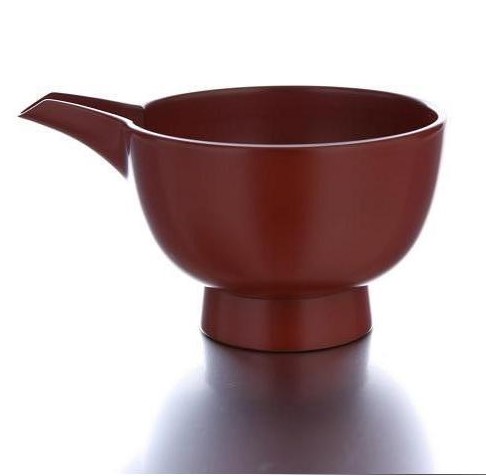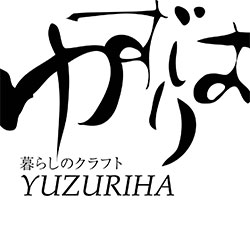JOBO-JI LACQUER
Iwate Prefecture (from ninth century)
Materials: Wood, lacquer
This type of lacquer ware has been produced in Iwate for over 1,200 years. It is said to have begun in 728, when the temple Tendai-ji was established in the town of Jobo-ji, with monks using the technique to build utensils for their personal use. It is marked by a simple color combination of black and vermillion. The cycle of applying lacquer and polishing is repeated seven times to achieve depth. It is sturdy and utilitarian, becoming shinier with continued use. Inasmuch as it was developed as daily items for monks, this is a type of lacquer ware that is suited for everyday use. Jobo-ji is the center of high-quality lacquer production, claiming 60% of the nation’s total, and many lacquer tappers, whose numbers have dwindled in Japan, still continue to work in this region
浄法寺塗
岩手県 800年代
素材:木、漆
浄法寺塗は1200年以上の歴史をもつ岩手の伝統漆器です。起源は728年、浄法寺町に天台寺が建立され、寺の僧侶の手で自家用什器が作られたことに始まるといわれています。黒や朱、溜の一色のシンプルさが特徴です。漆の塗りと研磨を7回ほど繰り返し、漆に厚みをつけています。堅固で実用的。使いこむほどに艶が出てきます。僧侶のふだん使いの器から生まれた漆器ということもあり、生活に密着した漆器とも言えます。また、ここ岩手県浄法寺は高品質の漆で有名。現在60%のシェアを誇る最大国産漆の産地です。日本の中でも少なくなったとされる漆掻き職人が、時代を超えて重要な仕事として活躍しています。


